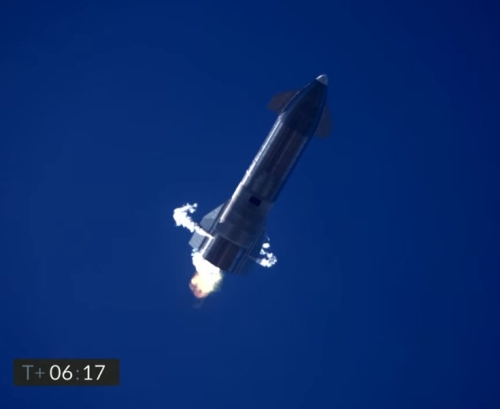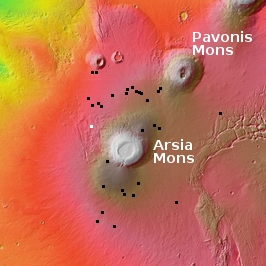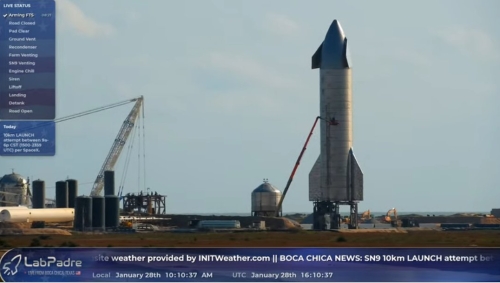Smallsat rocket company Astra to go public
Capitalism in space: A merger with a major investment capital company, bringing in $500 million, will result in the smallsat rocket company Astra going public.
Small launch vehicle developer Astra will go public by merging with a special-purpose acquisition company (SPAC), providing the company with nearly $500 million in cash and valuing it at more than $2 billion.
Astra announced Feb. 2 an agreement to merge with Holicity, a SPAC established last year by Craig McCaw. That merger, expected to close in the second quarter, will turn Astra into a publicly traded company on the Nasdaq exchange with the ticker symbol ASTR. McCaw, chairman and chief executive of Holicity, will join Astra’s board as part of the deal.
Astra expects to raise $489 million through the merger with Holicity, a total that includes a $200 million private investment in public equity (PIPE) led by BlackRock and $30 million from a concurrent Series C round, company executives said in an investor call. The deal will value Astra at $2.1 billion.
In the article Astra’s head claimed the company already has contracts for its first fifty flights, but did not provide any details. At this moment Astra has yet to complete a successful orbital launch, and has two attempted orbital tests which both failed.
Capitalism in space: A merger with a major investment capital company, bringing in $500 million, will result in the smallsat rocket company Astra going public.
Small launch vehicle developer Astra will go public by merging with a special-purpose acquisition company (SPAC), providing the company with nearly $500 million in cash and valuing it at more than $2 billion.
Astra announced Feb. 2 an agreement to merge with Holicity, a SPAC established last year by Craig McCaw. That merger, expected to close in the second quarter, will turn Astra into a publicly traded company on the Nasdaq exchange with the ticker symbol ASTR. McCaw, chairman and chief executive of Holicity, will join Astra’s board as part of the deal.
Astra expects to raise $489 million through the merger with Holicity, a total that includes a $200 million private investment in public equity (PIPE) led by BlackRock and $30 million from a concurrent Series C round, company executives said in an investor call. The deal will value Astra at $2.1 billion.
In the article Astra’s head claimed the company already has contracts for its first fifty flights, but did not provide any details. At this moment Astra has yet to complete a successful orbital launch, and has two attempted orbital tests which both failed.











